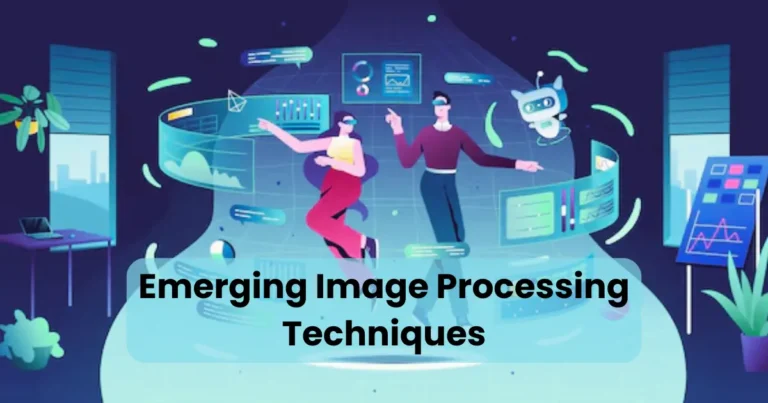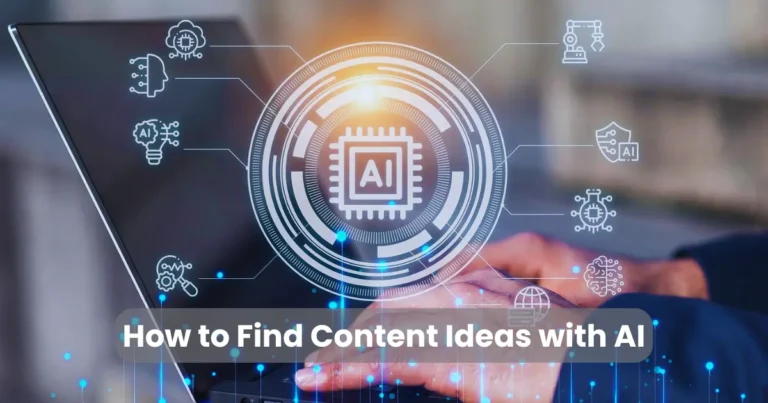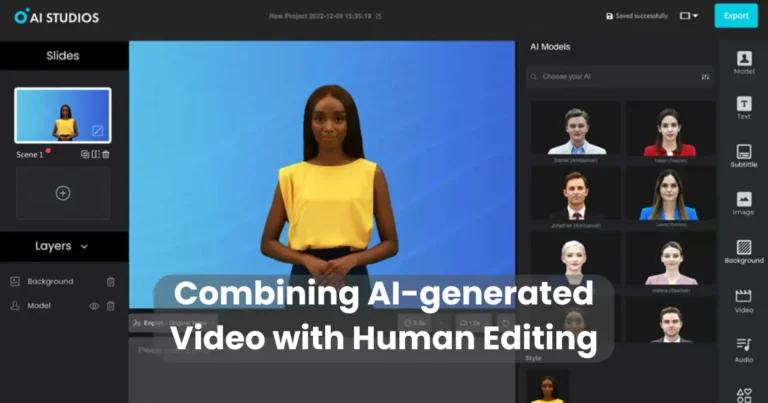AI Video for Accessibility

Contents
AI video for accessibility is transforming the way digital content is experienced by users with disabilities. As the volume of online video continues to grow, so does the need to make that content inclusive for all audiences. Whether someone is deaf, hard of hearing, blind, or visually impaired, AI technologies are now being used to bridge the gap between content and comprehension.
Moreover, the integration of AI tools into video platforms has made accessibility features not only more accurate but also more efficient to implement. Consequently, businesses, educators, and content creators are turning to AI-powered solutions to ensure compliance with accessibility standards while also enhancing user engagement. In an increasingly digital world, embracing AI video for accessibility is not just a trend it’s a necessity for inclusion and equity.
What Is AI Video for Accessibility?
AI video for accessibility refers to the use of artificial intelligence to enhance video content so that it can be understood and enjoyed by people with various disabilities. Traditionally, making videos accessible required manual input, such as transcribing audio or adding captions by hand. However, AI has significantly streamlined these tasks by automating them in real-time.
For instance, AI can now detect spoken words and convert them into accurate subtitles within seconds. Moreover, it can identify visual elements and generate descriptive audio for viewers who are blind or have low vision. This not only saves time but also ensures a higher level of consistency and quality across content.
In addition, advanced AI systems are capable of integrating sign language avatars and translating spoken content into multiple languages. As a result, AI video for accessibility has become a powerful solution for promoting inclusion across digital platforms, regardless of audience size or content type.
Importance of Accessibility in Digital Content
In today’s increasingly digital world, accessibility is no longer optional it’s essential. Whether for websites, mobile apps, or streaming platforms, ensuring that content is usable by everyone, including people with disabilities, is a critical part of ethical and effective communication.
Moreover, accessibility broadens the reach of digital content. When captions, audio descriptions, and sign language interpretations are incorporated often through AI video for accessibility more users can engage with and understand the material. This leads to improved user satisfaction and wider audience retention.
In many regions, accessibility is also a legal requirement. Regulations such as the Americans with Disabilities Act (ADA) and the Web Content Accessibility Guidelines (WCAG) mandate that digital platforms be inclusive. Consequently, failure to comply can result in penalties or damage to a brand’s reputation.
Beyond compliance, prioritizing accessibility demonstrates a commitment to social responsibility. It shows that content creators and organizations value diversity and inclusivity. Therefore, implementing accessibility features especially through AI-powered tools is not just a technical upgrade but a step toward equity and digital empowerment for all users.
How AI Video Enhances Accessibility
Thanks to rapid advancements in artificial intelligence, AI video for accessibility has become a game-changer for inclusive digital content. These intelligent systems not only automate accessibility features but also ensure they are implemented with speed and accuracy. Below are several key ways AI improves video accessibility:

1. AI-Generated Captions and Subtitles
One of the most widespread uses of AI is the real-time generation of captions and subtitles. Traditionally, these were added manually a time-consuming process. However, AI can now transcribe speech instantly, even distinguishing between multiple speakers and applying proper punctuation. Consequently, users who are deaf, hard of hearing, or watching in sound-off environments benefit significantly from accurate, automated subtitles.
2. Sign Language Integration
Some AI platforms now offer automated sign language avatars that appear alongside video content. This is particularly impactful for users who rely on sign language as their primary mode of communication. Moreover, these avatars are trained to express tone, emotion, and facial expressions, offering a more immersive experience than static translations.
3. Audio Descriptions for the Visually Impaired
AI can also analyze video scenes and generate audio descriptions that narrate key visual elements, such as actions, settings, or facial expressions. As a result, visually impaired users gain a deeper understanding of the video’s context. Additionally, these descriptions can be customized based on user preferences, enhancing their personal experience.
4. Real-Time Language Translation
Another powerful feature of AI video for accessibility is multilingual support. AI tools can translate spoken language into captions in real time, making content accessible to global audiences. Furthermore, this improves inclusivity for non-native speakers and enhances the educational value of video content across cultures.
Through these features, AI video for accessibility empowers creators to deliver inclusive, engaging, and compliant content. Therefore, adopting AI tools not only benefits end-users but also strengthens the reach and relevance of digital media.
Benefits of AI Video for Accessibility
The adoption of AI video for accessibility offers numerous advantages that extend far beyond basic compliance. As technology becomes more integrated into our daily lives, these benefits are increasingly important for both content creators and users.

1. Inclusive User Experience
First and foremost, AI-powered features make content accessible to individuals with visual, auditory, or cognitive impairments. Consequently, all users regardless of their abilities can enjoy and understand the content on equal terms. This promotes fairness and inclusivity across digital platforms.
2. Time and Cost Efficiency
Traditionally, adding captions, translations, and audio descriptions required hours of manual work and often the involvement of specialists. However, AI automates these tasks, significantly reducing production time and costs. As a result, creators can focus more on content quality while maintaining accessibility standards.
3. Regulatory Compliance
In many regions, digital accessibility is a legal requirement. By using AI video for accessibility, businesses can ensure compliance with laws such as the ADA and guidelines like WCAG. Moreover, this proactive approach helps avoid legal challenges and demonstrates corporate responsibility.
4. Enhanced SEO and Discoverability
AI-generated captions and transcripts not only aid users but also improve search engine indexing. Therefore, videos become more discoverable online, boosting traffic and engagement. This is particularly beneficial for educational, commercial, and marketing content.
5. Scalable Accessibility Solutions
Unlike manual approaches, AI systems can scale quickly. Whether a company has 10 videos or 10,000, AI video for accessibility can be applied consistently and efficiently. This scalability ensures that accessibility remains sustainable as content libraries grow.
Real-World Applications
The impact of AI video for accessibility can already be seen across multiple industries. From education to entertainment and public services, AI is revolutionizing how inclusive content is created and consumed. These real-world examples highlight its growing relevance and versatility.

1. Online Education Platforms
Educational institutions and e-learning providers have increasingly adopted AI video for accessibility to support diverse learners. Automated captions and real-time translations make lectures and tutorials understandable for students with hearing impairments or language barriers. Moreover, audio descriptions help visually impaired students follow video-based lessons effectively.
2. Corporate Training and Communication
Many companies now use AI-enhanced videos for onboarding, compliance training, and internal communications. By integrating accessibility features, they ensure that employees of all abilities can fully engage with the material. Consequently, this approach fosters a more inclusive workplace culture.
3. Streaming and Media Services
Entertainment platforms like Netflix and YouTube have incorporated AI technologies to generate closed captions, suggest audio descriptions, and even deliver content in multiple languages. As a result, more viewers can enjoy content regardless of physical limitations or linguistic background.
4. Government and Public Service Announcements
Public agencies are increasingly relying on AI video for accessibility to communicate critical information. For example, health updates, emergency broadcasts, and legal notices are now being equipped with AI-generated subtitles and sign language avatars to ensure no citizen is left uninformed.
5. Social Media and User-Generated Content
Social media platforms such as Instagram, Facebook, and TikTok are using AI to automatically caption videos uploaded by users. This feature helps make viral content accessible and inclusive, further promoting engagement and digital equality.
Through these practical applictions, it is clear that AI video for accessibility is not just a futuristic concept it is already reshaping how organizations interact with diverse audiences in meaningful and equitable ways.
Challenges and Considerations
While the adoption of AI video for accessibility offers remarkable benefits, it also comes with important challenges that must be addressed. To ensure effective implementation, content creators and organizations need to remain aware of potential limitations and ethical concerns.
1. Accuracy and Context Limitations
Although AI has advanced significantly, it still struggles with interpreting complex speech patterns, accents, or background noise. As a result, captions or translations may sometimes be incorrect or misleading. Additionally, AI may miss cultural or emotional nuances, which are critical for truly inclusive experiences.
2. Limited Support for Sign Language
AI-generated sign language avatars are still in early stages. Currently, they cannot fully replicate the natural fluidity and expressiveness of human signers. Therefore, relying solely on automated avatars may not meet the needs of users who depend on nuanced sign language communication.
3. Data Privacy and Security
Since AI video for accessibility often involves analyzing user data such as speech or facial expressions privacy concerns naturally arise. If not managed properly, these tools could expose sensitive information or be misused. Consequently, strict data protection practices must be in place.
4. Language and Cultural Diversity
While AI tools support multiple languages, the quality of translation can vary. In some cases, less widely spoken languages or dialects may not be supported at all. Moreover, AI may overlook cultural sensitivities, which can lead to misunderstandings or offense.
5. Dependency on Technology
Relying heavily on AI systems may reduce the involvement of human accessibility experts, whose insights are invaluable. Furthermore, in environments with limited internet or technology access, deploying AI-based accessibility tools can be impractical.
Future Trends in AI Video for Accessibility
The landscape of AI video for accessibility is evolving rapidly, with new innovations emerging to address current limitations and enhance user experiences. As technology progresses, several trends are expected to redefine how video content becomes more inclusive and intelligent.

1. Emotionally Intelligent AI
One major advancement on the horizon is emotionally aware AI. Soon, systems may be able to recognize tone, emotion, and facial expressions more accurately. As a result, captions and descriptions could convey emotional context making them more meaningful for users with sensory impairments.
2. Hyper-Personalized Accessibility Settings
In the near future, AI is expected to deliver highly customized accessibility features. Viewers may be able to adjust subtitle speed, switch between regional sign languages, or tailor audio descriptions to their preferences. Consequently, AI video for accessibility will become more user-centric than ever before.
3. Expansion into Augmented and Virtual Reality
With the rise of AR and VR technologies, accessibility within immersive environments will become critical. AI is likely to play a pivotal role in making virtual spaces more inclusive by offering real-time translations, sign language overlays, and spatial audio guides.
4. Integration with Wearable Technology
AI-based video accessibility tools are expected to integrate with wearables like smart glasses and hearing aids. This would enable real-time support in everyday environments, not just during video playback. As a result, accessibility will expand beyond screens and into users’ physical surroundings.
5. Ethical AI Development and Governance
As reliance on AI grows, so will the focus on ethical use. Transparent algorithms, bias mitigation, and user consent mechanisms will become essential. Therefore, organizations adopting AI video for accessibility must align their strategies with evolving ethical and regulatory standards.
In summary the future of AI video for accessibility looks promising, driven by smarter, more adaptive technologies that cater to a broader spectrum of needs. By embracing these trends, creators and developers can ensure that digital content becomes more inclusive, engaging, and forward-thinking.
Conclusion
In today’s digital-first world, AI video for accessibility is not just a convenience—it is a necessity. From enhancing user engagement to complying with legal standards, its applications are both practical and far-reaching. Moreover, as technology continues to evolve, so does the potential for even more personalized, intelligent, and inclusive experiences.
Throughout this article, the transformative impact of AI on accessibility has been made clear. Whether through automated captions, real-time translations, or adaptive interfaces, AI-powered tools are breaking down barriers and opening up content to all individuals—regardless of ability. However, challenges such as accuracy, ethical use, and cultural sensitivity must not be overlooked. By addressing these considerations proactively, content creators, educators, and businesses can use AI video for accessibility not only to meet minimum standards but to set new benchmarks in digital inclusion.






